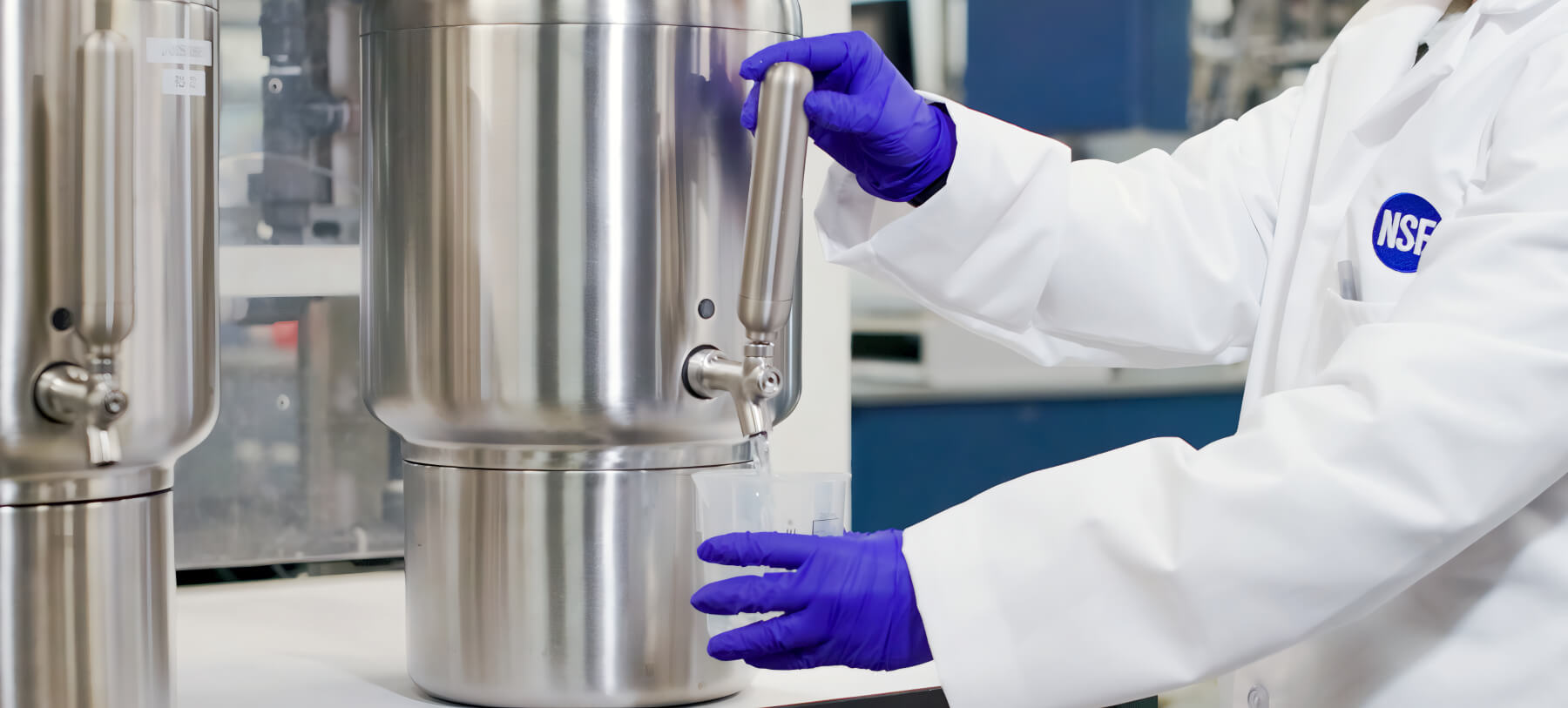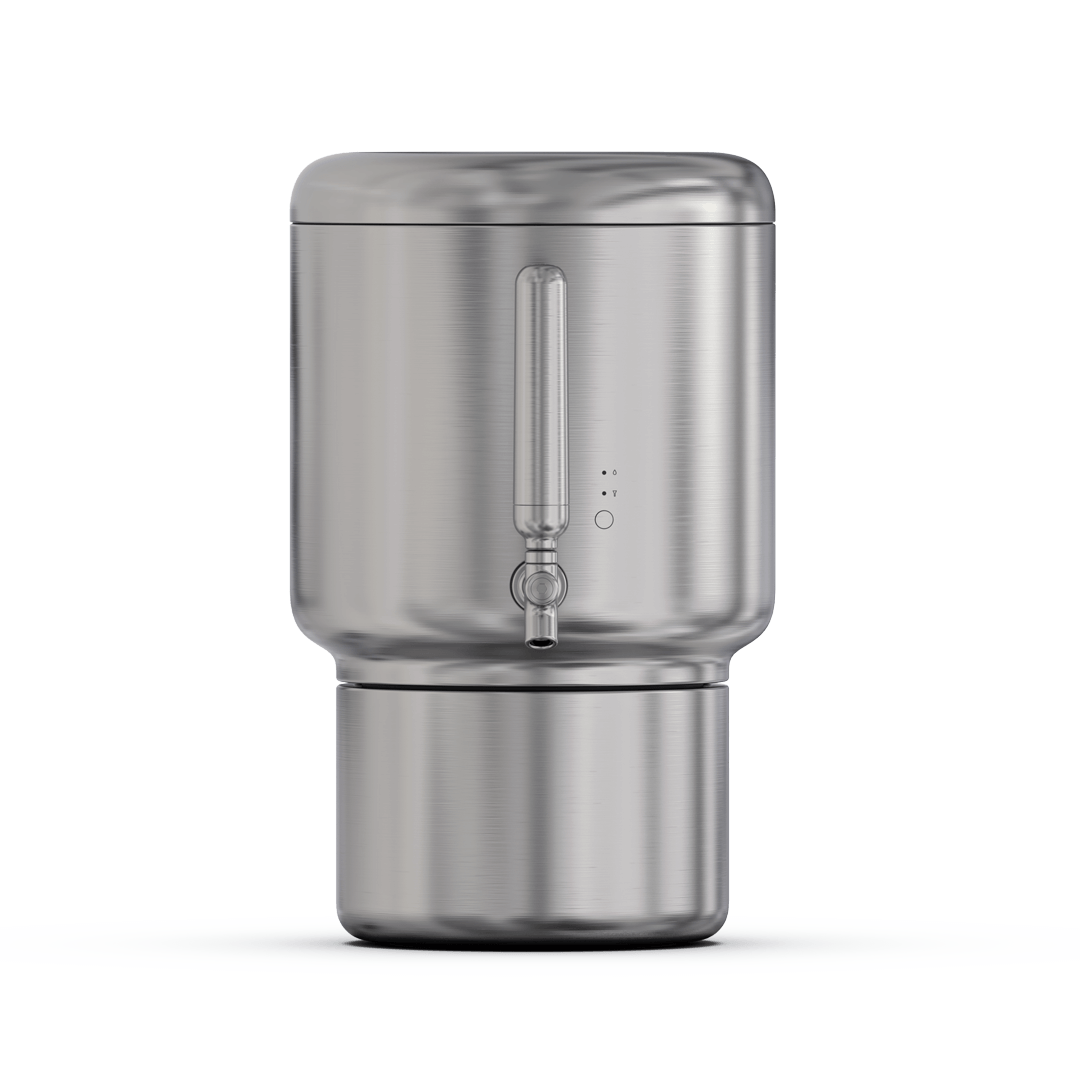Your Cart
12-Month
Warranty
30-Day Money
Back Guarantee
Limited Quantity,
Order Today
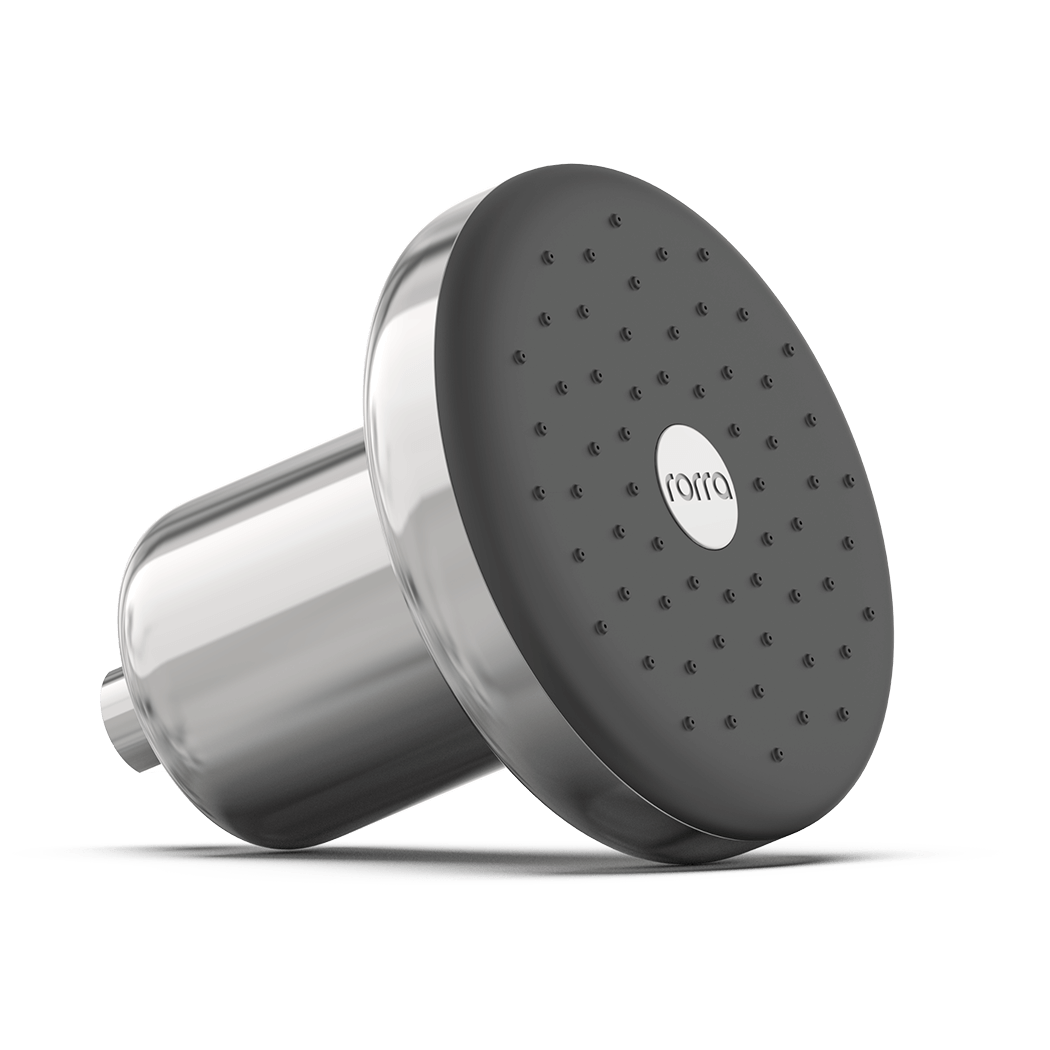
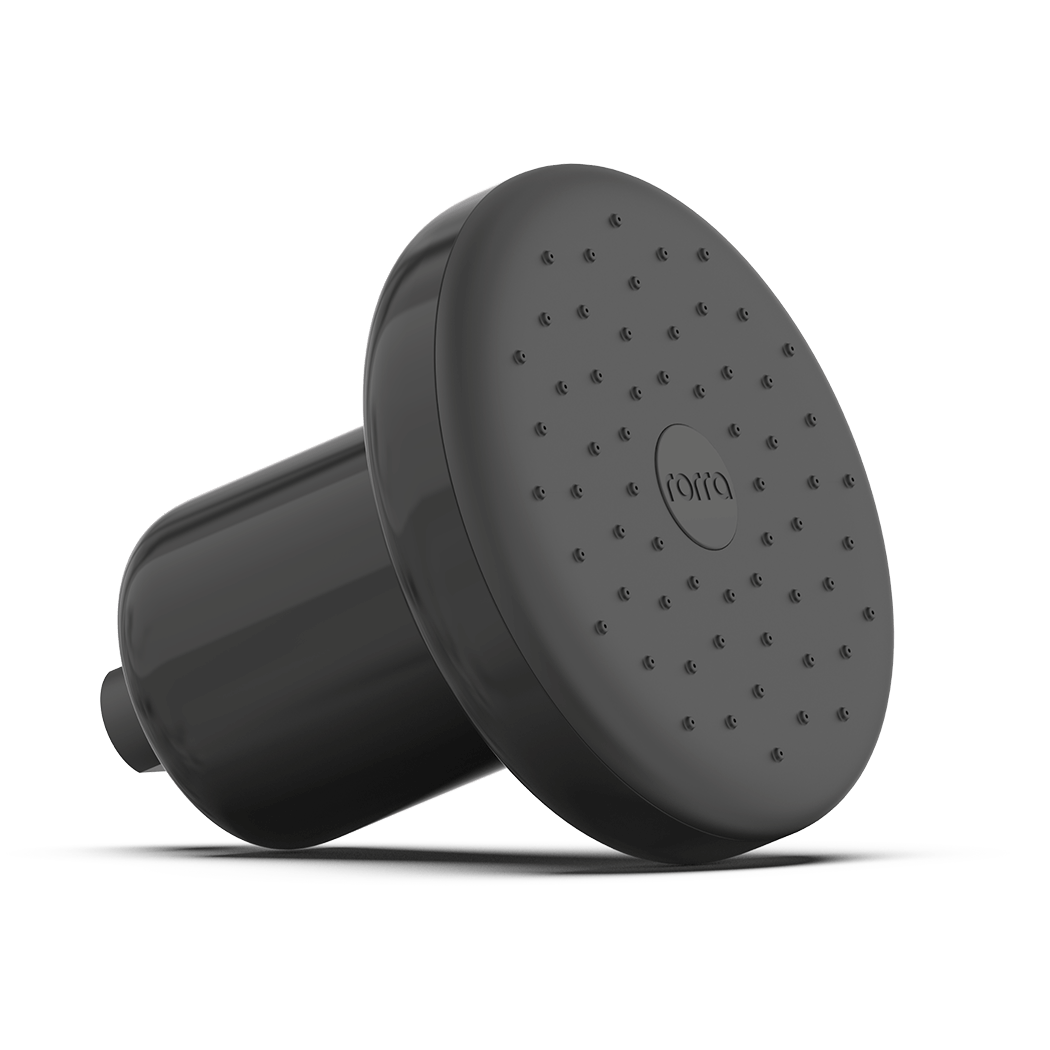
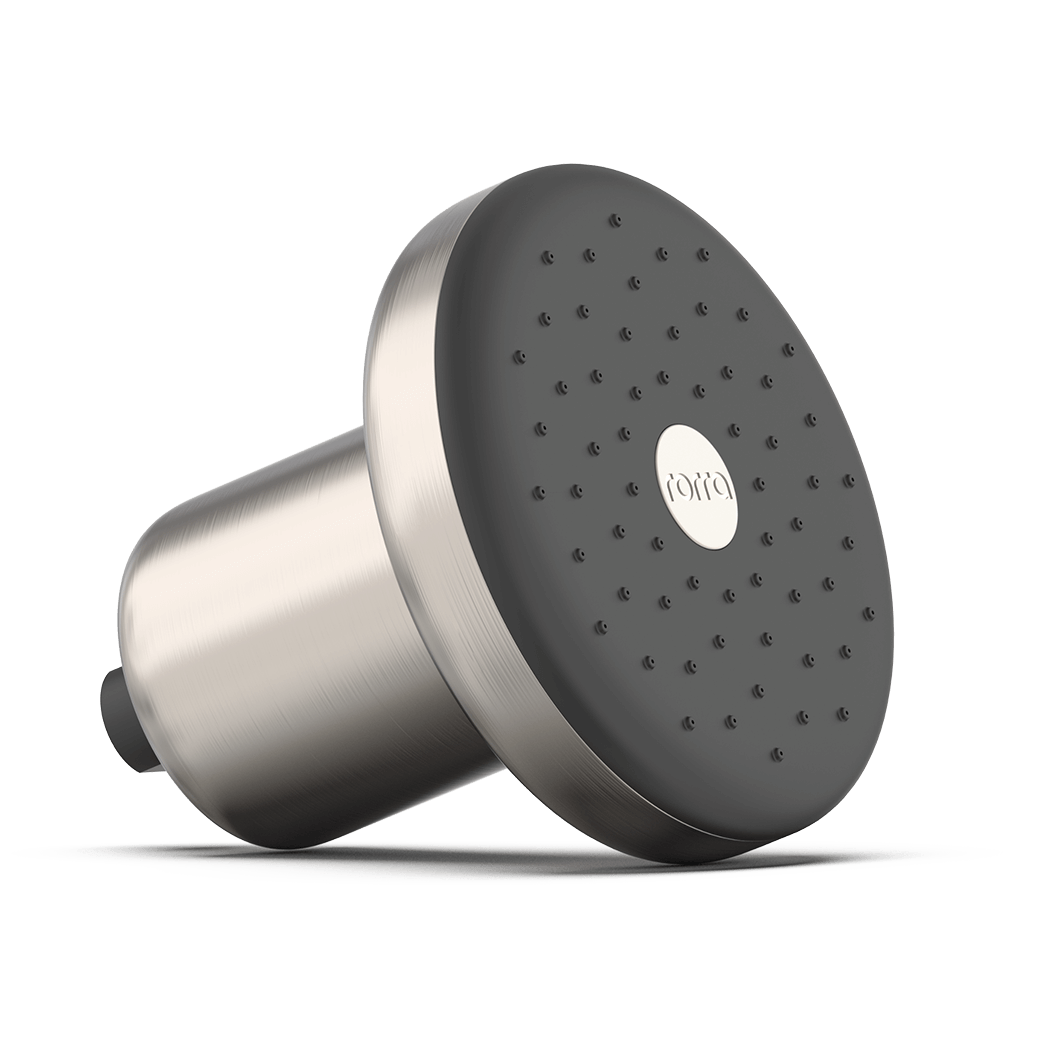
Add a Filtered Showerhead + Subscription to cart just for $100
Add another Showerhead + Subscription for just $100
Select Showerhead Colorway
Military, First Responder, Government Employee and Teacher discount available. Verify your GovX ID to instantly unlock your savings.
Subtotal
Taxes and shipping calculated on checkout
Discount applied
